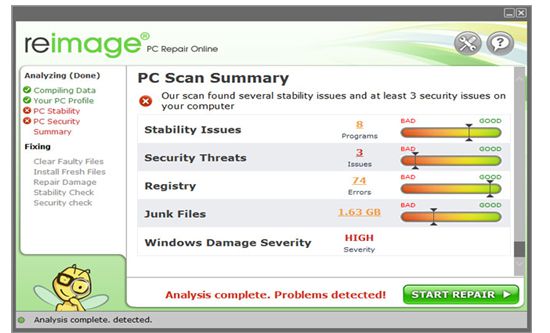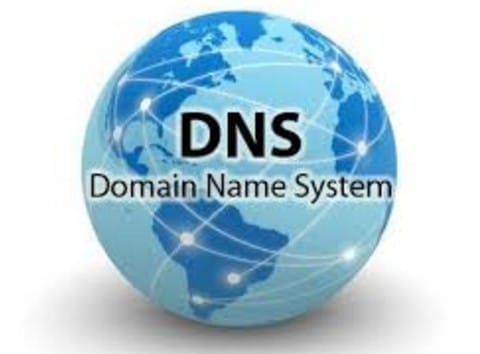As if you were here, you would behave benefited from using the cat5 or cat6 cables which better? or Cat5 vs Cat6 Ethernet speed and want to know the differences between these cables. Cat5 and Cat6 cables are the most popular cables and they have their own qualities.
These cables are said to be used for various reasons and most commonly these cables are used as the network cables which mean they are used to connect servers and computers to ISPs and modems. Over years, these cables have undergone considerable development.
The latest cables are said to have good performance when compared to the older versions of the cables. When it comes to Cat5 and Cat6 cables, there are few differences as well as similarities too.
Here in this article we are going to details all those differences and similarities between Cat5 and Cat6 cables and help you know completely about those cables along with their working.
It is necessary for the one to know about the differences and similarities available in the market before getting the wired network for the home.
Contents
Cat5 Vs Cat6
Though all the cables look similar from the outer look, they are internally different and by looking at the text that is printed on the cable one can know the type of the cable.
Getting to know about the differences would be quite complicated for the users, but here you can what exactly is necessary to know for you and how they will affect the speed of the home network. So, let us get into knowing the cat 5 vs cat 6 differences along with few similarities from here.
what is the difference between cat5 and cat6
The major difference between the Cat5 and Cat6 cable is the higher speed and the reduced crosstalk. Let us discuss the form below.
Cat5
Cat5 is also known as Category5 cabling and it is an older type of network cable. It consists of four twisted pairs of copper wire that is unshielded and they are terminated by the connectors called RJ45. This cable has a frequency of 350 Mhz.
Cat5 cable is connected using modular connectors and punch down blocks. These cables are made for supporting the speeds theoretically of 10Mbps and 100Mbps which means they are slow as well as less responsive. If the cable is shorter particularly, you would get gigabit speed on this cat5 cable but it is not guaranteed always.
As the cat5 cables are old and obsolete, you would not see them probably in the market but if you have an old modem or router or else other old networking devices, you will get them with it.
These cables are also commonly used for facilitating the Ethernets but, the fast Ethernet connections use only two out of the four pairs and so it is said that the Cat5 is not using its full capacity or capability.
These cables can also be used as the token ring, ATM, 100BASE-TX (Fast Ethernet), 10BASE-T and for other networking. In addition to this, Cat5 can also be used for carrying the signals such as video and telephony.
These cables are unshielded as said above and they depend on the design of twisted pair as well as differential signaling for the rejection of noise.
When it comes to crosstalk, many are not aware of it. Let us know about it here. Electronic equipment emits electromagnetic signals and it is known fact. When many cables are near to each other, they can interfere with each other and this interference is known as “crosstalk”.
This crosstalk increases lost packets as well as errors when it comes to the older cables like Cat5 the impact of crosstalk is high i.e., it has more crosstalk potential because of the construction of the cable. In future, the Cat5 cables would have to be replaced with the much faster networks.
Cat6
Next set up to the Cat5e is the Cat6 cable which includes few more improvements than that of the cat5e cable. It is the much-advanced category of cables and also faster as well when compared to cat5 and cat5e cables. Cat6 cable supports high frequencies.
This is also a four twisted pair cable with copper wire. When it comes to interference, this cable has more strict specifications and in few cases, these cables are capable of 10-gigabit speed and the networking cord is made in such way.
The frequencies that this cable supports are up to 250 MHz. It has the capability to do this as it has a structural difference in particular when compared to Cat5 which is nothing but a longitudinal separator.
This separator isolates each of the 4 twisted wires from each other which reduce the crosstalk using various methods that include twisted able design and shielding that is improved and this allows the transfer of data faster than that of the Cat5 cable. Cat6 cables are compatible backward which means that this can be used along with Cat5 or Cat5e cables effectively.
Probably, people do not use such 10 Gbps high speed in their home and with the regular usage, improvements in the extra interference will not make much difference and the users do not need to rush out for getting the Cat6 cable.
But if you are going to purchase a new cable, you can probably look for the Cat6 as it is the latest cable and have much improvement than its previous ones. For networking capabilities that are faster, it requires more future proof.
One of the benefits of Cat6 cable over Cat5 is that it is much faster as well as much more modern. Even though, the Cat6 cable is not more used and adapted as that of the Cat5 cable as it is more expensive when compared to the cat5 cable and many people does not require 10Gbps Ethernet speed.
Furthermore, this cat6 cable is outdated by the Cat6a cable. Without the need of switch Cat6can run 100mts or 328 feet. But this Cat6 supports 10 Gbps and can run 180.45 feet or 55 meters.
Similarities Between Cat5 and Cat6
One of the similarities between them is that both Cat5 and Cat6 cables can be plugged into the same ports and it is worth knowing about this. The difference between them lies in the capability as well as the materials and methods used for creating them.
Both the cables have one common end that is called as RJ45 and both of them are capable of plugging into Ethernet jack on the router, computer or any other similar networking device.
It is advisable for the users to look for the cable that matches their requirement like data transfer needs and networking among those available cables in the market while purchasing the cable.
If you can afford more, the cat6 cable would be the best option as it comes with more speed and much improvement than its predecessors but when it comes to best speed that is required for the home network, you can opt for the Cat5e. So you can focus on cat6 speed also too.
Verdict
Whereas Cat5 is older cable and today it is not much in use. So, it is up to the users to choose between the cables based on the network needs. This is all about the differences and similarities between Cat5 and Cat6 networking cables available in the market. Hope, you got an overview.






